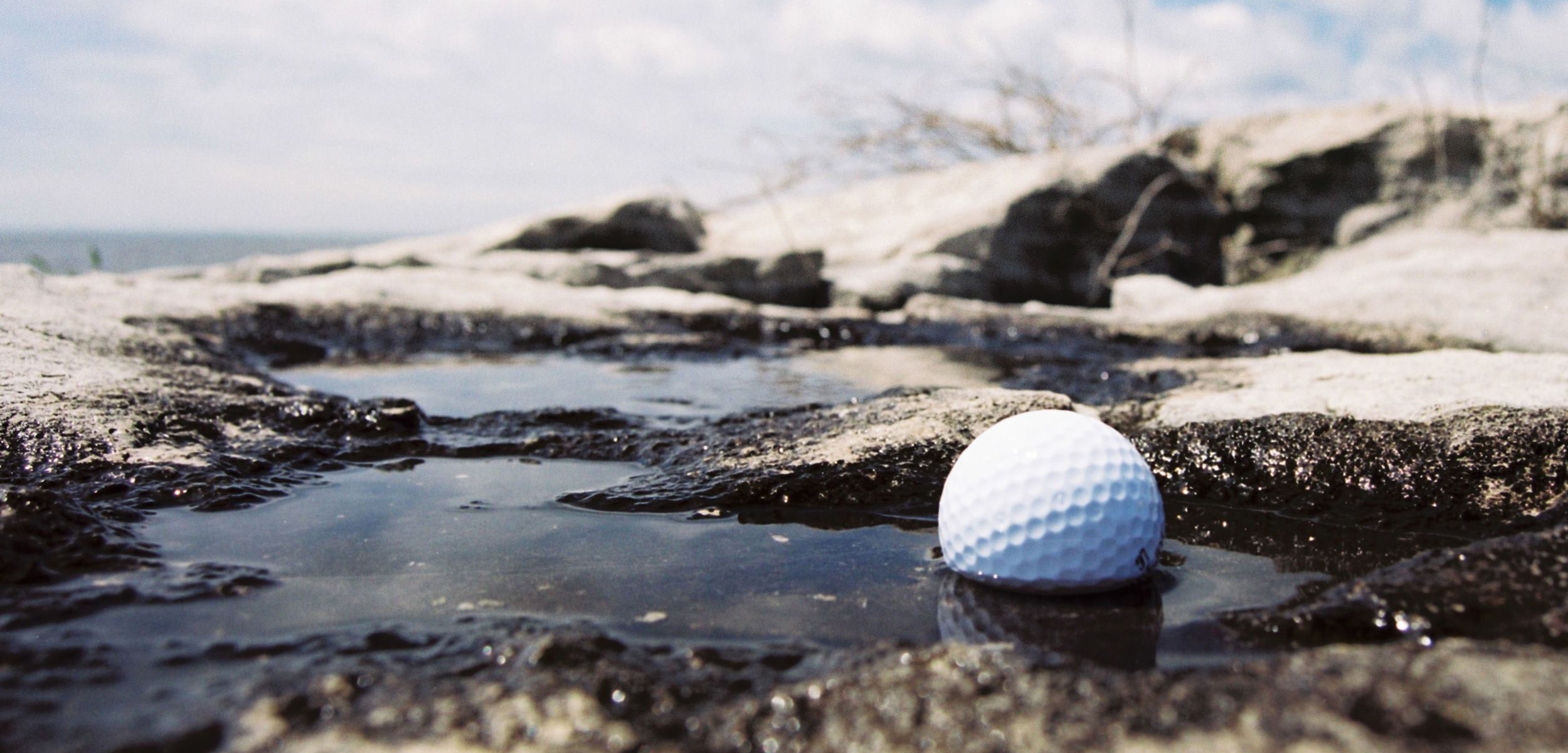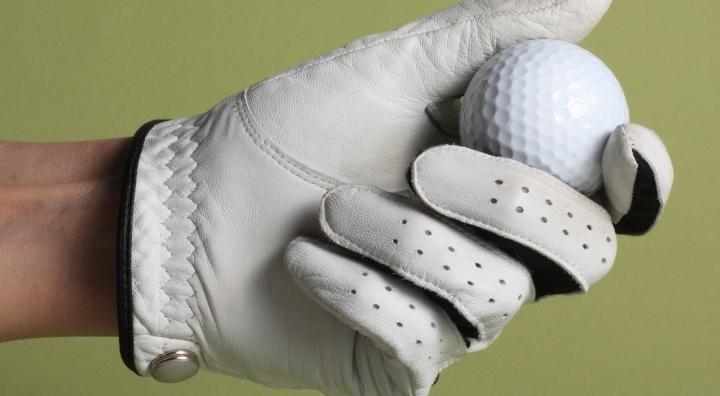Does water affect golf balls? Should you soak golf balls?


Golf balls are definitely not cheap especially if you are buying high end golf balls like Titleist 2021 Pro V1 and Callaway Chrome Soft golf balls. Therefore your question of whether water does affect golf balls is very valid because you can’t be buying golf balls often. Once in a while you’ll hit your golf balls and they land in a pond and you end up leaving them there for some time to retrieve them later. The most common materials used to make them are surlyn, thermoplastic ionomers lotek or thermoset polyurethane with thermoset polyurethane being the most durable. These golf ball making materials tend to retain moisture in the manufacturing process and they should be kept in areas that are humidity controlled.
Golf balls absorb water and the amount or rate of water absorption is dependent on the decrease or increase of temperature of the water. When water gets into golf balls it messes up with the distance when the golfer hits the ball. This is because the golf ball’s core material gets soft and as a result it loses its resilience. It is possible to dry the golf balls but the process is a bit slow which means you have to have a lot of golf balls. Actually, even when the golf balls are dried at 71 degrees, the moisture will still remain.
How does water affect golf balls?
First of all, submerging a new and an older golf ball in water will give you two very different results. This is because the new golf ball has no scratches or cracks which means no or very little water will penetrate the core material. The new golf ball has to be in water for quite some time for it to be affected. The new golf ball has to be in the water for weeks or even months for the golf ball’s flight to be affected.
As for the older golf balls, they have been taken quite some hitting which means they have a lot of cracks and scratches. When an older golf ball gets into a pod or a lake, it only takes a few hours for the water to get into the ball’s inner core and start affecting its speed when you shoot it. Once the water gets into the golf ball, it loses its spring and even when it is completely dry; it still flies less far as compared to a golf ball that hasn’t been submerged.
Therefore, it is official that water does affect golf balls. However, the extent by which the golf balls are affected by water is determined by the temperature of the water, the duration of submersion and how long the golf balls have been in use. New golf balls don’t get as affected as old golf balls. While the damage will not be physically visible per se,; when you are on the golf course you will note the speed of the golf balls that have been submerged is different from the others

Patrick Mahinge is a golf enthusiast and the chief editor of Golf Pitches, a website that delivers innovative and data-driven golf product reviews. With a keen eye for detail and a passion for the sport, Patrick has transformed Golf Pitches into a trusted source of information for golfers worldwide. Patrick's expertise lies in his ability to dissect complex golf equipment and present his findings in an engaging, easy-to-understand manner. His reviews are not just informative, but they are also backed by rigorous data-driven methodologies, making them a trusted resource for golf enthusiasts and professionals alike..


